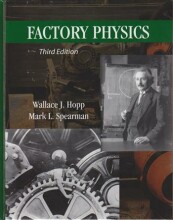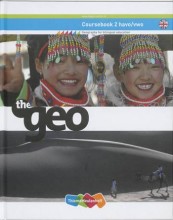Summary: Geography, H. 3
- This + 400k other summaries
- A unique study and practice tool
- Never study anything twice again
- Get the grades you hope for
- 100% sure, 100% understanding
Read the summary and the most important questions on Geography, H. 3
-
3 Earthquakes and volcanoes
-
3.1.1 The layers of the earth
This is a preview. There are 4 more flashcards available for chapter 3.1.1
Show more cards here -
Which different layers do you have?
Some layers are solid rock, but other layers are more liquid. -
3.1.2 The puzzle pieces of the crust
This is a preview. There are 6 more flashcards available for chapter 3.1.2
Show more cards here -
What is slow movement of tectonic plates?
2,5 cm per year. -
Where is Eduacor located?
The boundary between the Nazca Plate and the south American Plate. -
3.1.4 Pangea
This is a preview. There are 1 more flashcards available for chapter 3.1.4
Show more cards here -
How many years ago were all continents stuck together?
300 million years ago. -
3.2.2 Plates moving towards each other
This is a preview. There are 7 more flashcards available for chapter 3.2.2
Show more cards here -
Which two words belong to each other?
Subduction and trench. -
3.2.3 Plates sliding alongside each other
This is a preview. There are 1 more flashcards available for chapter 3.2.3
Show more cards here -
Where can you find a transform plate boundary?
Between the North American Plate and the Pacific Plate. -
3.3.2 Hypocentre and Epicentre
This is a preview. There are 2 more flashcards available for chapter 3.3.2
Show more cards here -
Why is the depth of the hypocentre important?
Because if the hypocentre is close to the earth’s surface, the damage is greater than when the hypocentre is located deep in the crust. -
3.3.3 Effects of an earthquake
This is a preview. There are 3 more flashcards available for chapter 3.3.3
Show more cards here -
What was the largest aftershock in the Equador?
It had a magnitude of 5.4 -
3.3.4 Tsunamis
This is a preview. There are 1 more flashcards available for chapter 3.3.4
Show more cards here -
What are examples of destructive tsunamis?
The Indian Ocean in 2004 and in Japan in 2011. -
3.3.5 Earthquake in the Netherlands
This is a preview. There are 2 more flashcards available for chapter 3.3.5
Show more cards here -
Since when are there about 50 tremors per year in Groningen?
1986
- Higher grades + faster learning
- Never study anything twice
- 100% sure, 100% understanding































